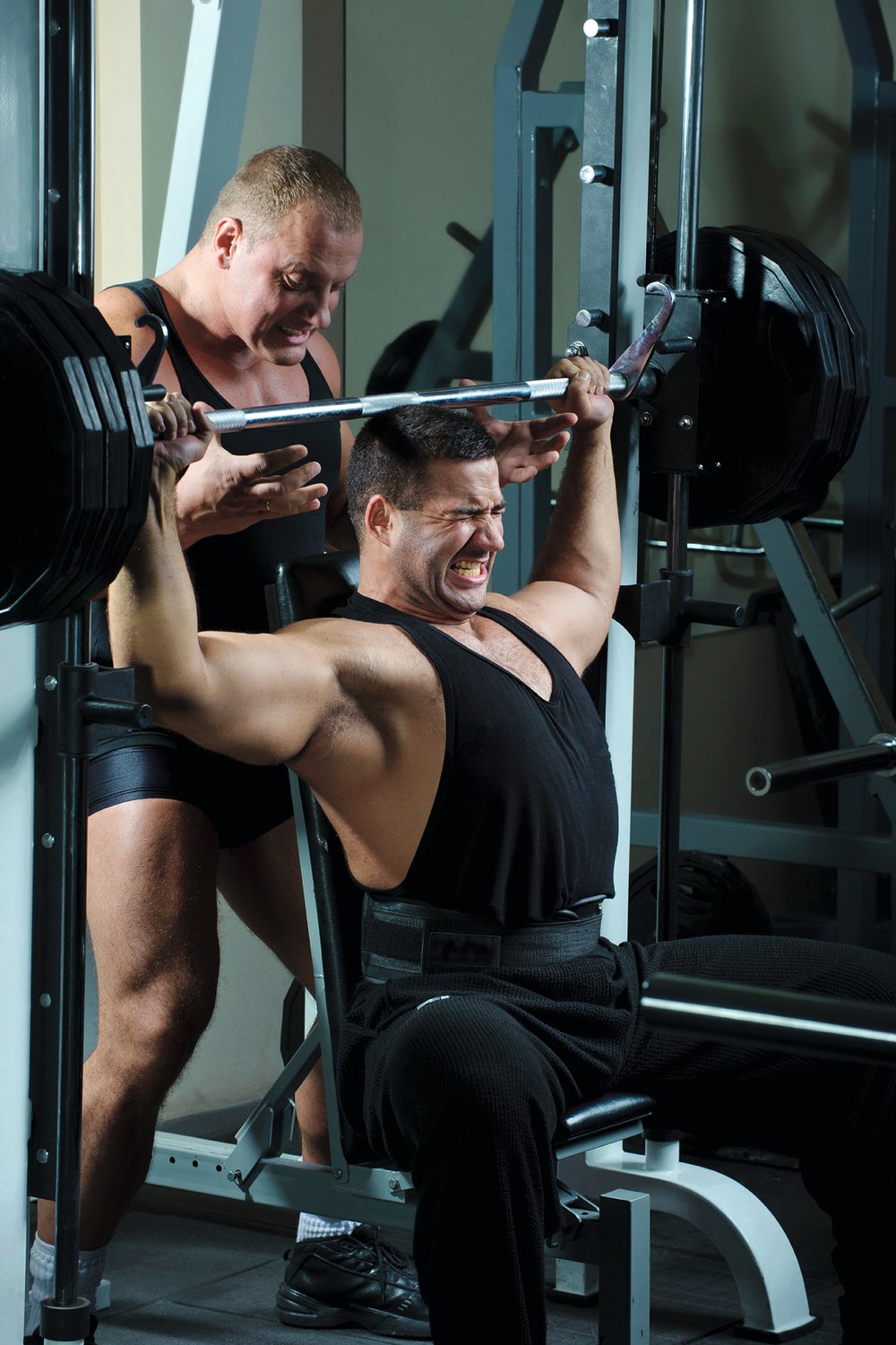
Issue 102
June 2013
As a strength coach and someone who has a Y chromosome, I’ve always appreciated feats of monstrous strength. As a kid I loved watching the strongest man competitions. It does not matter who you are, watching a guy pick up and carry a car is superhero impressive.
Paul McVeigh
Sports scientist, TUF 14 cast member and full-time coach – each issue he presents his best conditioning tips.
From years of working with athletes, of all levels, I have played around with countless programmes and protocols. Some of these worked great and with others not a lot changed. Over these years of experimentation I started to notice a factor that produced strength gains independent of the training variable being manipulated.
When the athlete ‘got it’ they managed to lift significantly more weight regardless of the type of programme they were undertaking. Seeing squats and dead lifts jump by 20kg was common and technique vastly improved.
So what is this intervention that leads to the development of gorilla-like strength? It’s almost distressingly simple. It’s tension.
The Tension Idea
To get this concept down, imagine the body as a chair that’s about to be occupied by a large gentleman. If the chair is solid the load is supported and everyone is happy. If one of the legs turns out to be made of jello, bad things will happen... OK, so analogies are not one of my strong suits, but the fact remains, if you don’t generate adequate tension within the body your ability to lift heavy loads will be impaired.
The kinetic chain is the ‘chain’ of systems that link together to create human movement. If you have a lack of tension in a segment of the chain, often described as an energy leak, you will be weaker than you could be. By generating tension throughout the entire kinetic chain you will optimise your ability to support and move maximal external loads.
This is why you see the sort of eye-bulging madness that occurs at every powerlifting and strong man competition. Maximal tension moves heavy things.

Getting it
When athletes start out lifting they are focusing primarily on the technique. For most people this involves copying what they are being shown and trying to look the part. This is what I want initially. If they can make the lifts look good I’m a happy strength coach and they should still be able to add weight to their lifts each week without too much conscious effort on maximising tension.
After the athlete has great technique dialled in we can start concentrating on the more subtle cues focused on maximising tension. If you begin by trying to execute perfect technique and master tension you will brain fry yourself with too many cues. ‘OK, hip hinge back, brace your stomach, crush the bar, drive the knees out, etc...’
Once technique is practically automatic I like to start focusing on one or two tension cues per week, per movement and focus on those until they become ingrained. You really don’t want too much information in your head when a heavy barbell is on your back.
The cues here will give you some ideas to play around with.
The cues must be short, easy to understand and applied maximally. When I say crush the bar I want to see your fingerprints in the metal.
Each one of the cues below has clicked with at least one of my athletes and led to them getting stronger instantly. If mastering tension techniques was a supplement it would be the most popular supplement in history.
General Tension Cues
Brace for a punch: Tension in the stomach.
Pull up your kneecaps: Tension in quads.
Bend the bar: Tension in the lats.
Fill your lungs, release a little and lift: Tension in the stomach and obliques.
Crush the bar: Tension in the forearms, rotator cuff and lats.
Grab the floor: Tension in the feet and calves.
Dead lift Cues
Pull the bar to your shins: Tension in the lats.
Load the hamstrings: Tension in the hamstrings.
Chimp arms: An anti-shrug movement, tension in the lats.
Squeeze your ass: Tension in the glutes.
Squat cues
Elbows down, chest up: Tension in the lats and traps.
Hips back: Tension in the glutes and hamstrings.
Spread the knees: Tension in adductors, quads and glutes.
Bench press cues
Feet back and wide: Tension in the quads and adductors.
Shoulder blades in your back pockets: Tension in the lats and traps.
Strength training is a personal experience. Experiment with a few of these cues when lifting and make it almost like a mantra. Try to apply maximal tension in your set ups and watch as the personal bests crumble around you.
...









